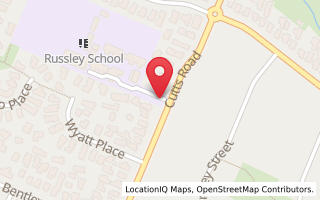English for Speakers of Other Languages
At Te Parito Kōwhai Russley School we value our cultural diversity and encourage English Language Learners (ELLs) learners to become literate in their home language and in English language.
Our staff are dedicated to sharing and celebrating cultural differences within classrooms and across the school. Cultural days, shared lunches, class presentations, and talent events provide opportunities to recognise and value our cultural diversity.
ESOL Programme
The ESOL programme is a high quality programme that is facilitated by registered teachers Mrs Fiona De Wit, and Panny Tien. Students who are supported in the ESOL programme come from a number of countries and cultures. Not all English Language Learners are born overseas: some are New Zealand born but their home language may not be English.
ESOL Support
Research indicates that the most effective type of learning support to enhance student achievement is provided when students remain in their own classroom (Quality Teaching for Diverse Students in Schooling: Best Evidence Synthesis, Adrienne Alton Lee, 2003).
The Te Parito Kōwhai Russley ESOL programme consists of the following :
- Support within the classroom for reading, writing, speaking, listening.
- An afternoon ESOL programme runs throughout the year that supports the units of work covered in the classroom. Students attend an extra lesson per week that supports their language development in speaking, and listening.
- Extra targeted teaching is provided for students who have been identified as having a specific learning need.
- International Student Learners may also attend ESOL lessons.
Assessment and the English Language Learning Progressions (ELLP)
As well as classroom assessment tools, teachers use the English Language Learning Progressions (ELLPs) to assess where ELL students sit in relation to the New Zealand Curriculum levels. These progressions provide information on progress and achievement that have been specifically designed for ELL students.
Bilingual Support Worker
Panny Tien is a qualified registered teacher and a Bilingual Support Worker. A trained secondary school teacher, she also holds a Master of Teaching English to Speakers of Other Languages.
Panny is passionate about teaching our students and is providing valuable support to our Mandarin speaking children and their families. Working alongside students in the classroom Panny is also available to support with translation and communication between teachers and parents.
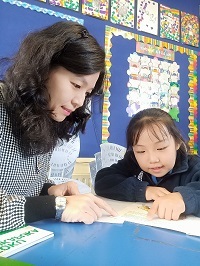
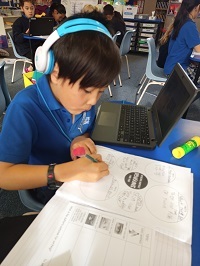

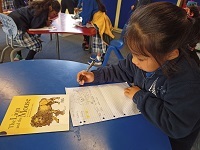
Curriculum Levels Explained
What are Curriculum Levels?
There are 8 levels in the New Zealand Curriculum (NZC) and stretch from Year 1 through to Year 13. Each level represents a learning stage in each learning area or subject taught.
For example, most Year 1 to 8 students will be learning between curriculum levels 1 to 4. Your child may be at a different level for different learning areas because they may be working at curriculum level 2 in maths and level 3 in writing. Once your child has gained most of the skills, knowledge and understanding of each stage they will progress to the next level.
The diagram below shows how curriculum levels typically relate to years at school. Not all students however, fit this pattern. Students with special learning needs, those who are gifted, and those who come from non- English-speaking backgrounds are examples of these exceptions, all of whom we work hard to cater for at Te Parito Kōwhai Russley School.
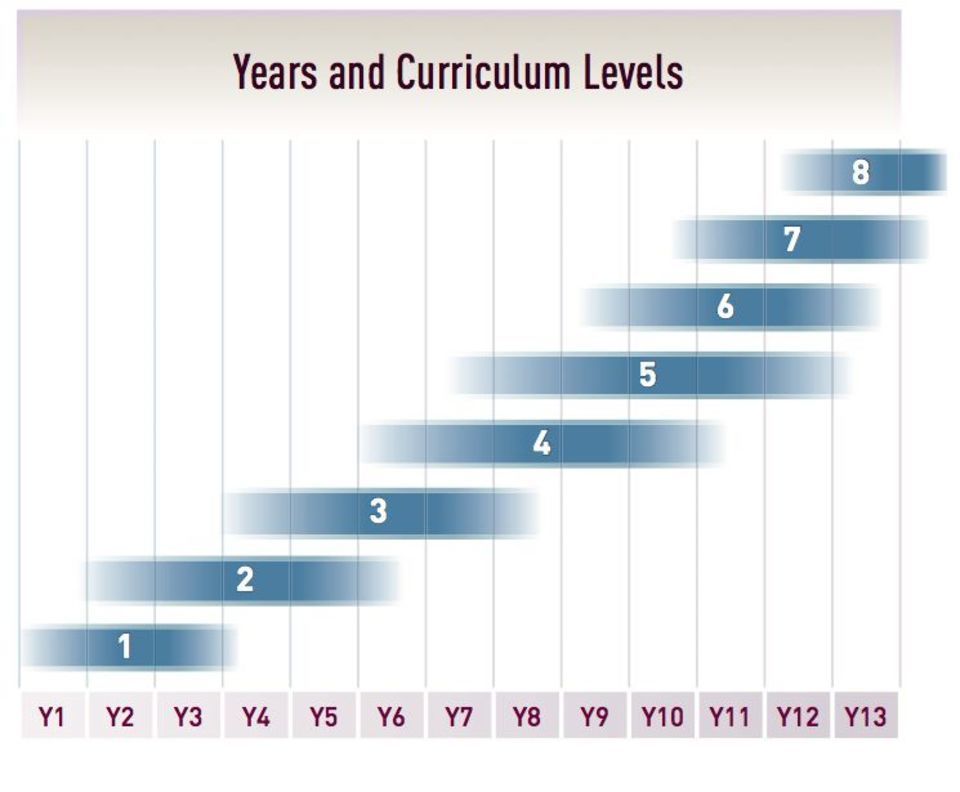
Curriculum levels are used to guide our teaching, assessments and evaluations of learning. You are updated on these curriculum levels via educa and through discussions you have with your child's teacher. If you are in any way concerned or surprised about your child’s level, then do let us know. Please bear in mind that the curriculum level will actually help your child receive the support they need, either as extra assistance in the classroom or in extension work if they are exceeding expectations. For more information visit https://parents.education.govt.nz/primary-school/
ELL students progress through the English Language Learning Progressions (ELLP) before they are expected to meet the reading and writing curriculum level for their group.
Learners in Years 1-4 usually progress through three stages in ELLP as they learn English: Foundation Stage, Stage 1, Stage 2.
Learners in Years 5-8 usually progress through four stages in ELLP as they learn English: Foundation Stage, Stage 1, Stage 2, Stage 3.
ELL students working in Foundation Level for listening and speaking attend an ESOL class on Wednesday afternoon.
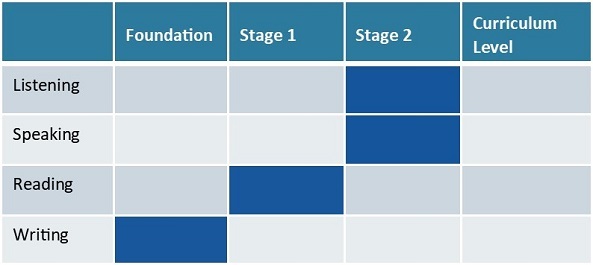
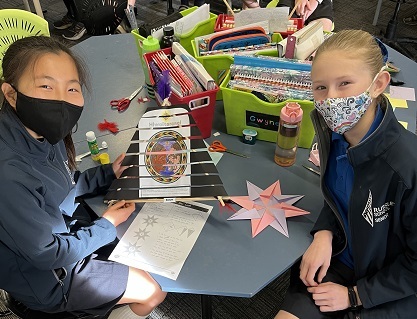
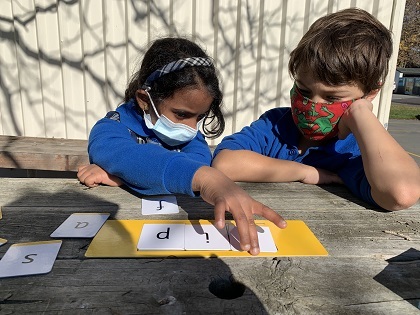
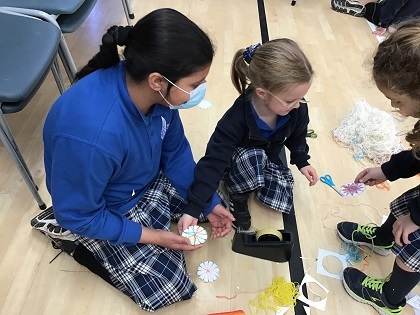
ELLP is about building a wall from the bottom up....
- If a child can get to the end of Stage 1 by end of year 2 they are ready to move on comfortably.
- If a child is working solidly at Stage 2 by the end of year 4 they should be competent and working at the New Zealand Curriculum Level.
- If an older child is working comfortably within Stage 4 by end of year 8 they will be at Curriculum Level.
Ways to help at home....
- Read aloud to your child.
- Listen to your child read. Talk about what they are reading both digitally and in print. Ask questions such as "How do we know....?"
- Practice spelling words using "high frequency words" flash cards.
- Continue to encourage your child to write notes and message to family members and friends.
- Practice number facts - encourage the use of class online programmes.
- Play games that involve vocabulary building e.g. Boggle, I Spy, Scrabble
- Encourage them to read in and talk in both English and their own language.
